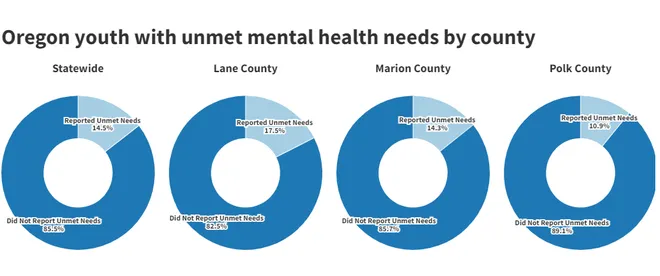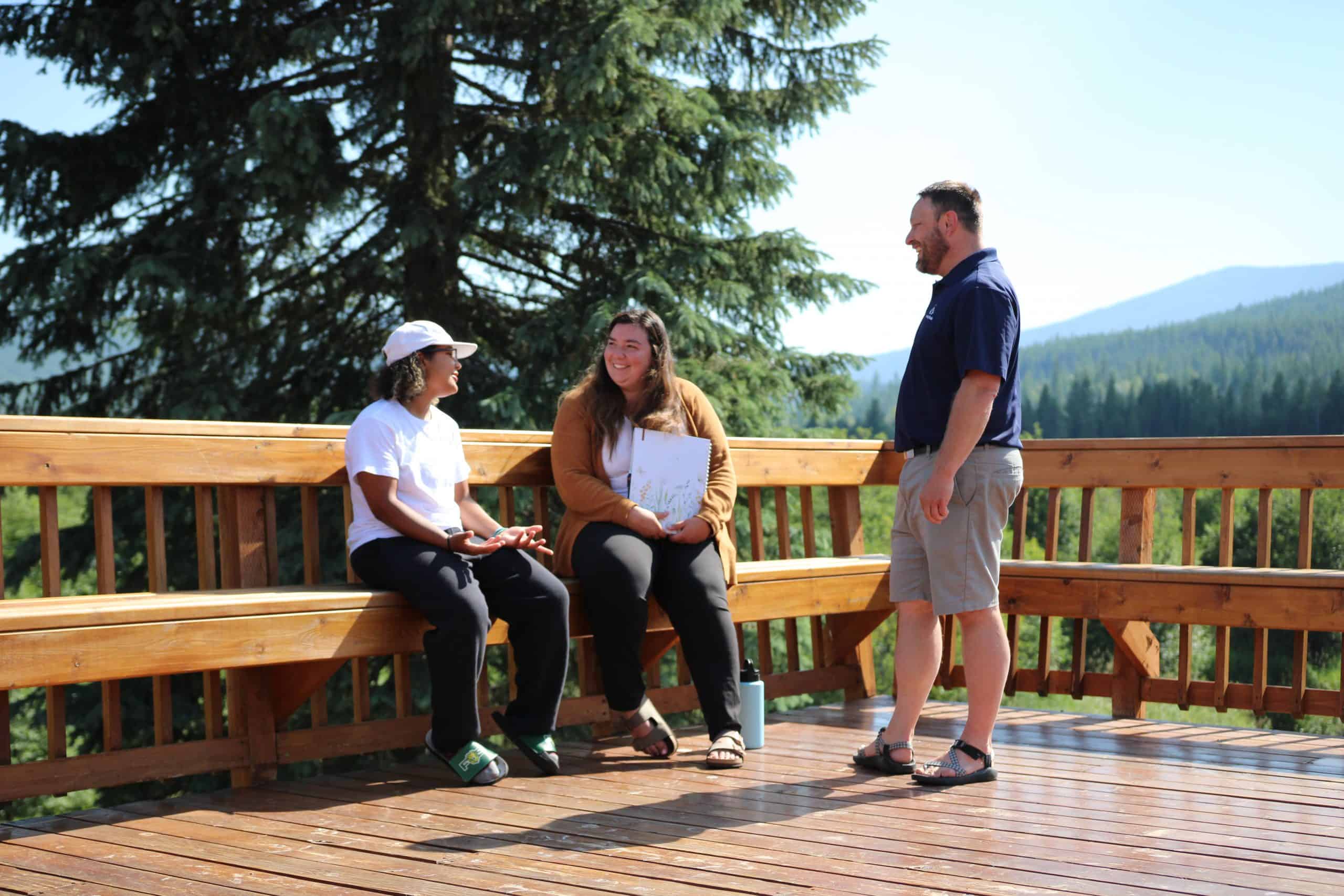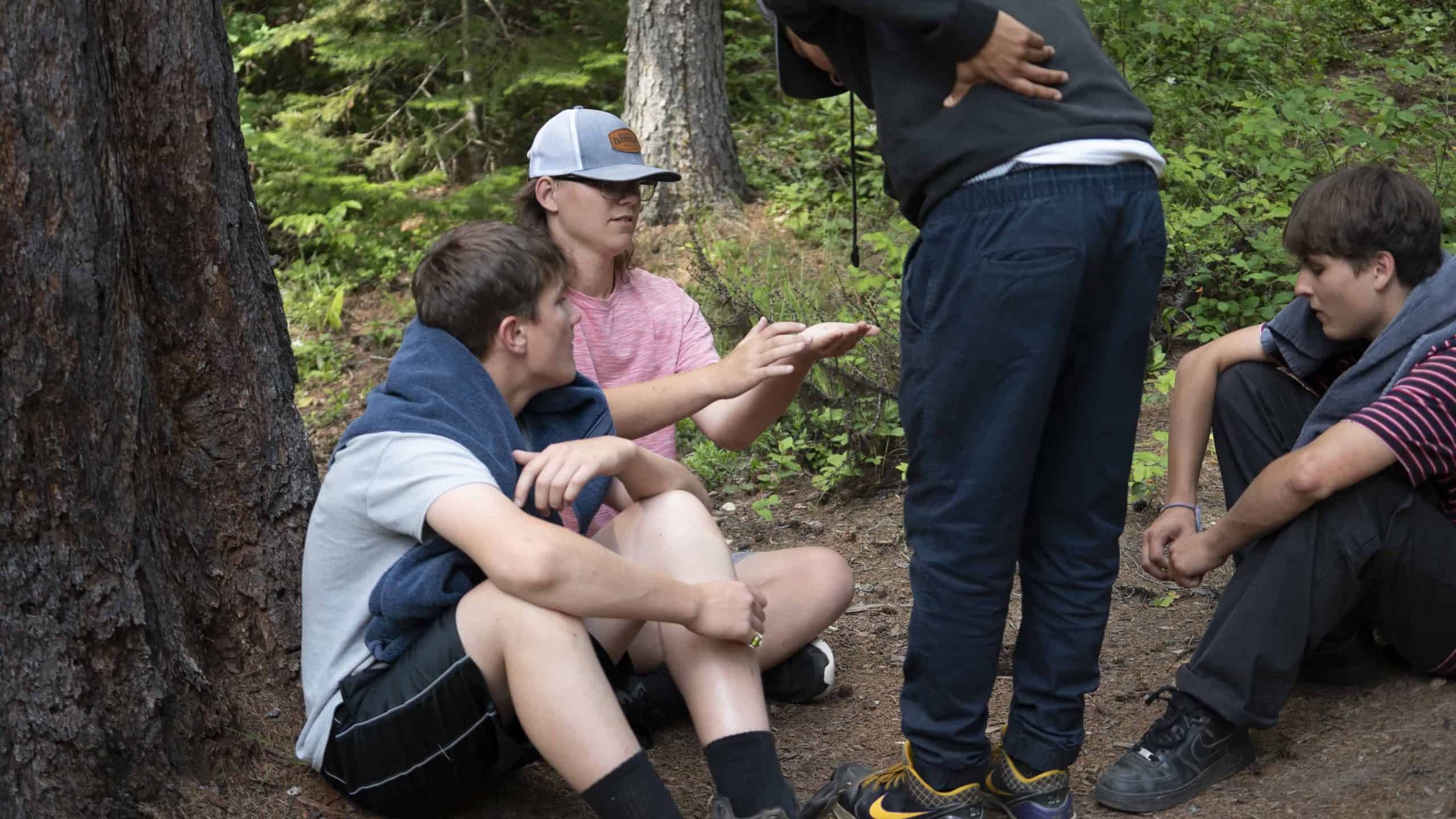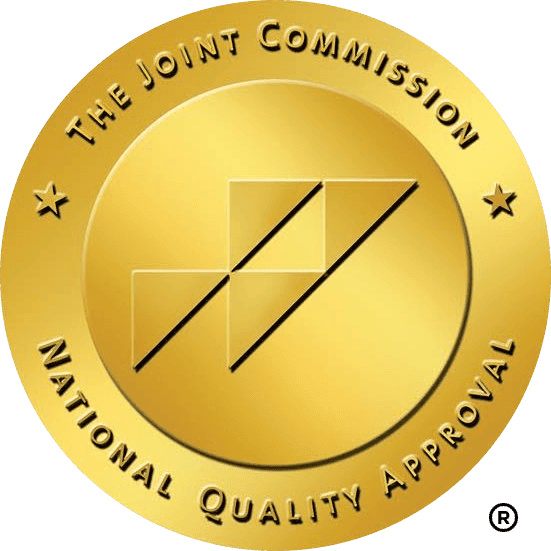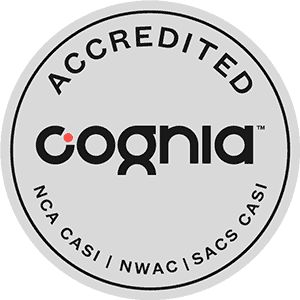Alabama
Boarding Schools for Troubled Teens & Adolescents from Alabama, located in Montana If your teen is struggling with behavioral and/or mental health issues including, but not limited to, depression, anxiety, attention deficit-hyperactivity disorder (ADHD), oppositional defiance disorder (ODD), trauma/PTSD, reactive attachment disorder (RAD), addiction, or any other underlying mental health


